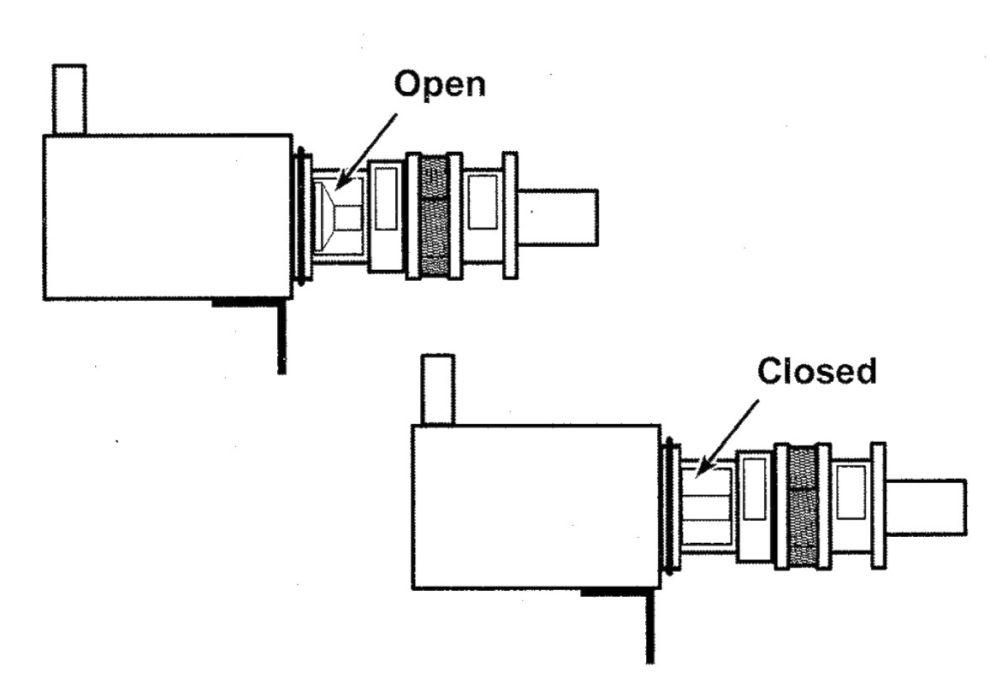i-VTEC system — description and component checks
General description
1. The i-VTEC system on the DOHCengines are similar to the VTEC system used on the SOHC engine, with the capability of being able to continuously change the intake cam timing. The intake camshaft has two different lobe profiles and is equipped with a Variable valve Timing Control (VTC) actuator, which alters the phasing of the camshaft to yield maximum potential power output for any given engine speed. For more information on the i-VTEC system, see Emissions and engine control systems.
Component checks
Note: The i-VTEC system will require specialized diagnostic equipment to access the onboard computer to test the electrical circuits, actuators and sensors. However, there are some mechanical tests of the i-VTEC system that the home mechanic can perform to check for obvious and simple problems within the system. Have the i-VTEC system diagnosed by a dealer service department or other qualified automotive repair facility. Also, some checks and inspections of the i-VTEC components require removal of the rocker arm assembly (see Camshafts and rocker arms — removal, inspection and installation).
i-VTEC solenoid valve
Note: Most common problems in the i-VTEC system are associated with the solenoid valve and its filter. Regular engine oil and filter changes are necessary for trouble-free operation of the valve.
2. The i-VTEC solenoid valve is located onthe rear of the cylinder head, at the right end. The i-VTEC solenoid valve filter is mounted directly behind the i-VTEC solenoid valve (see Emissions and engine control systems).
3. Remove the i-VTEC solenoid valve (see Emissions and engine control systems) and check the filter for clogging. Clean and reinstall. A clogged filter screen is often the cause of system problems.
VTC oil control solenoid valve and strainer
Note: Most common problems in the VTC system are associated with the oil control solenoid valve and its strainer. Regular engine oil and filter changes are necessary for trouble-free operation of the valve.
4. The VTC oil control solenoid valve is located in the cylinder head on the timing chain end of the engine.
5. Remove the VTC oil control solenoid valve (see Emissions and engine control systems) and check the strainer for clogging, cleaning it as necessary (if it’s too dirty to clean, replace the valve). Look at the position of the valve through the drain port (the port closest to the solenoid portion of the valve); it should be closed. If it’s open (see illustration), the solenoid valve must be replaced.
i.5 Check the position of the VTC solenoid valve — if it’s stuck open, replace the valve. Be sure to check the condition of the 0. -ring, too.
Note: Some models have three strainer screens, while others only have one

Rocker arms
6. Position the number one piston at Top Dead Center (see Top Dead Center (TDC) for number one piston — locating). Remove the valve cover (see Valve cover — removal and installation).
7. Press on the primary intake rocker arm for cylinder number 1 to see that it moves independently of the secondary intake rockers. Check the rockers for the other cylinders at their own TDC positions.
i-VTEC synchronizing assembly
8. Once the rocker arm assemblies have been removed and disassembled (see Camshafts and rocker arms — removal, inspection and installation), separate the rocker arms and synchronizing components.
i-VTEC components:
- Primary rocker arm
- Secondary rocker arm
- Synchronizing pistons
9. Inspect the timing spring, making sure it’s not broken or collapsed. Replace it if necessary.
10. Inspect all other parts (rocker arms and synchronizing pistons) for wear, galling, scoring or signs of overheating (bluish in color). Use your finger to push on the rocker arm pistons to check for smooth movement. Replace any parts, if necessary.
11. Reassemble each cylinder’s components and wrap a rubber band around the rocker arms before trying to assemble them on the rocker shaft (see Camshafts and rocker arms — removal, inspection and installation).